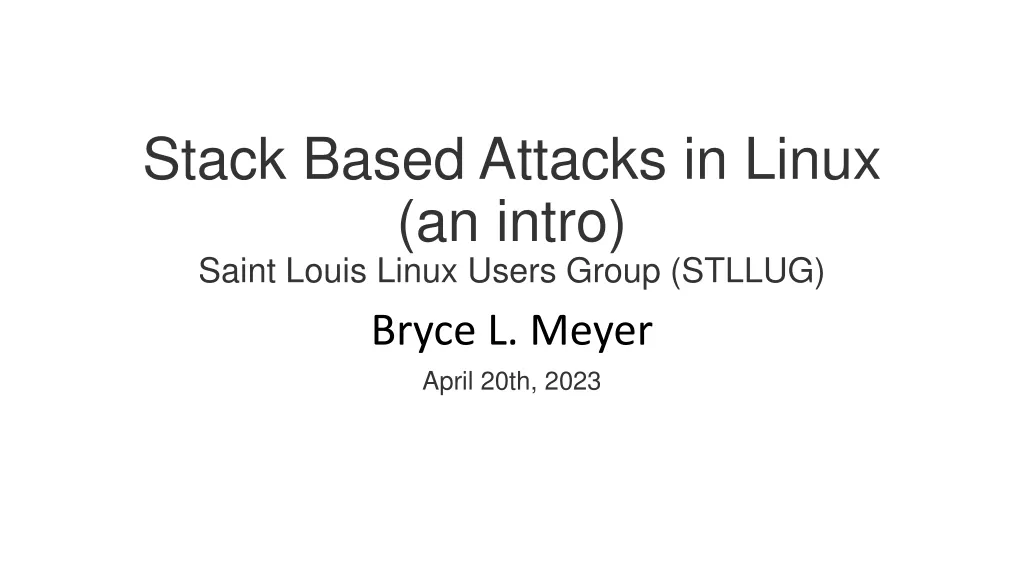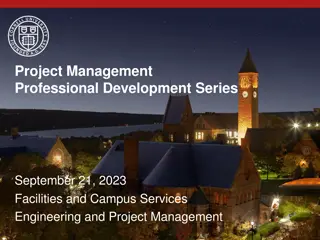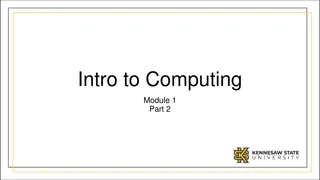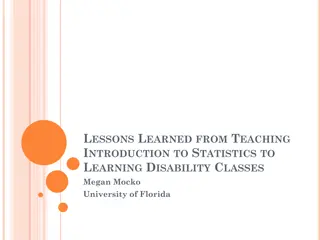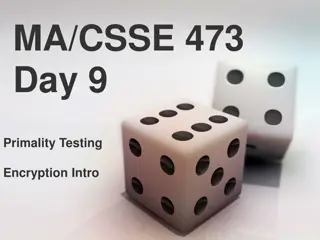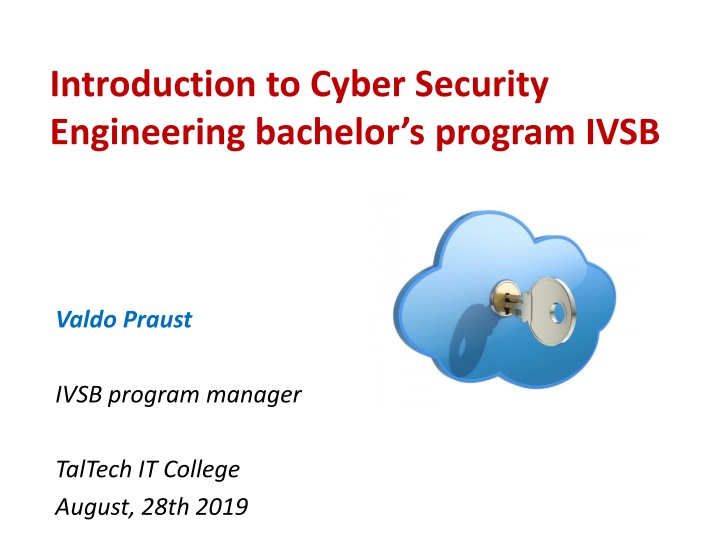
Introduction to Cyber Security Engineering: Key Concepts and Principles
Dive into the world of cyber security engineering with an overview of its essence, classical model, and transition from traditional cyber security. Explore the main principles of the IVSB bachelor's program and the necessary background for students entering this field.
Download Presentation

Please find below an Image/Link to download the presentation.
The content on the website is provided AS IS for your information and personal use only. It may not be sold, licensed, or shared on other websites without obtaining consent from the author. If you encounter any issues during the download, it is possible that the publisher has removed the file from their server.
You are allowed to download the files provided on this website for personal or commercial use, subject to the condition that they are used lawfully. All files are the property of their respective owners.
The content on the website is provided AS IS for your information and personal use only. It may not be sold, licensed, or shared on other websites without obtaining consent from the author.
E N D
Presentation Transcript
Introduction to Cyber Security Engineering bachelor s program IVSB Valdo Praust IVSB program manager TalTech IT College August, 28th 2019
Essence of cyber security (comupter secutity, data security) Source principle: if we have created some data, then the information, beared by these data, has usually a special value for us (for a main process, business process) Information security or a cyber security is (widely taken) a discipline which concerns the maintaining these values/properties of information. Because most of information is nowadays digital (handled by computers) it is often called also a cyber security or computer security
Classical model of cyber security (information security) Cyber security is classically a simultaneous ensurance of three main goals or three main components (which are usually considered to be independent of each others): Availability information, beared by the data, is available to the parties designated by the business (main) process and at the time, form and other terms specified by the business (main) process Integrity concerned parties (designated by business/main process) know where the information originates and are convinced of its accuracy (i.e. the information has not been falsified or changed in any other way) Confidentiality information, beared by the data, may only be available to persons/entities designated by the business/main process and must be inaccessible for all others
From cyber security to Cyber Security Engineering Ensuring cyber security (simultaneous availability, integrity and confidentiality) it s typical necessary to use and involve different type of techniques: IT (hardware, software, networks) human legal mathematical/cryptogpaphical As security is the property of all (IT) processes, security needs to be addressed in all phases of the information system Therefore, cyber security technologies cover all aspects of IT and much more than IT (human factor, legal factor, physical security, etc.)
IVSB bachelors program main principles, I We do not assume that students have a previous systematic experience and/or knowledge in IT we cover during 3 years all main topic of IT in preliminary level But we assume that students have a deep interest in IT from a security point of view And we heavily assume that students have an ability to think logically and algorithmically this is the basis for understanding IT. We have tested it in admission test We assume that students have a math knowledge on a general international high-school level we have tested it (together) with algorithmical thinking in admission test
IVSB bachelors program main principles, II We balance between theoretical knowledge and practical skills, slightly inclined to the practical side. More theoretical approach of cyber security will be covered in TTU by cyber security master s program IVCM Graduates of IVSB will be able to independently design, operate and manage secure IT systems As cyber security is heavily related to all IT branches, we cover both, IT administration and develompment branches balancing between them
IVSB bachelors program learning outcomes Understanding the concept of the IT systems life cycle Ability to code, test, and distribute of an infosystem with the focus on security Ability to perform information system security testing basing on best international standards and practices Basic skills to administrate, develop end test secure information systems Adhering ethical norms of the cyber (data) security If you finish IVSB, you can continue with cyber security master program IVCM in TalTech or any other IT or cyber security related master program in any university in all around the world
IVSB bachelors program duration and amount Duration - three years or six semesters Total amount - 180 ECTS, including: general studies - 24 ECTS core studies - 63 ECTS special studies - 81 ECTS free choice courses - 6 ECTS graduation thesis - 6 ECTS Link to courses list http://tinyurl.com/ivsb17 (one typo, instead of first core studeies must be general studies)
Valdo Praust, IVSB program manager valdo.praust@taltech.ee valdo@itcollege.ee +372 514 3262 In Skype available by previous demand Experience in the field of IT 36 years Experience in the field of data security (cyber security) 28 years (since restoring Estonian independence 1991) During last 28 years I have involved in a bulk of Estonian national security-related IT projects Estonian ID card, Estonian digital signature project, Estonian national data security standard ISKE etc Contemporarly I spend physically a lot of time 100 km s from Tallinn (developing Estonian Bicycle Museum). In Tallinn and in TTU campus I am physically available usually 2-3 days in week





